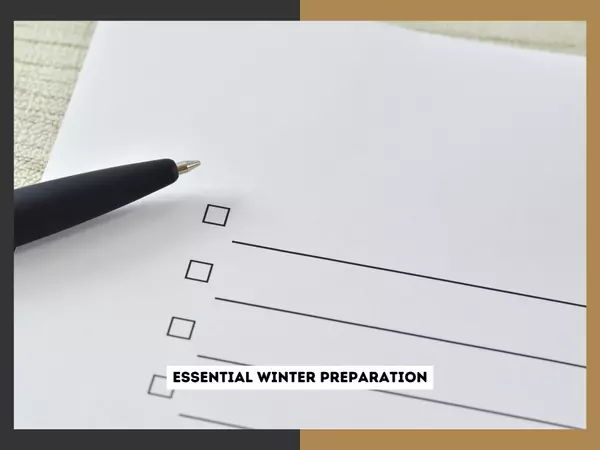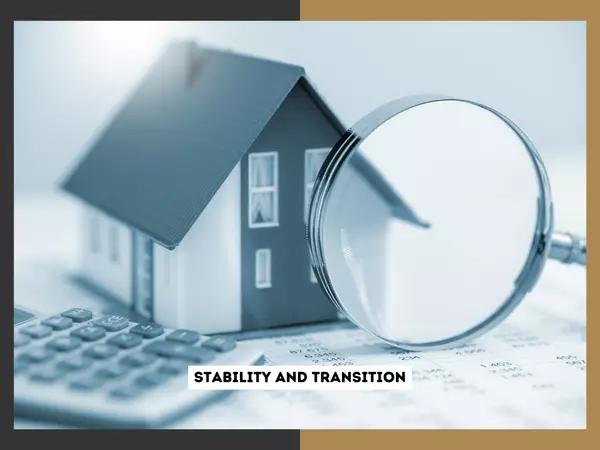ULTIMATE GUIDE TO PREVENT WATER DAMAGE AT HOME (2022)
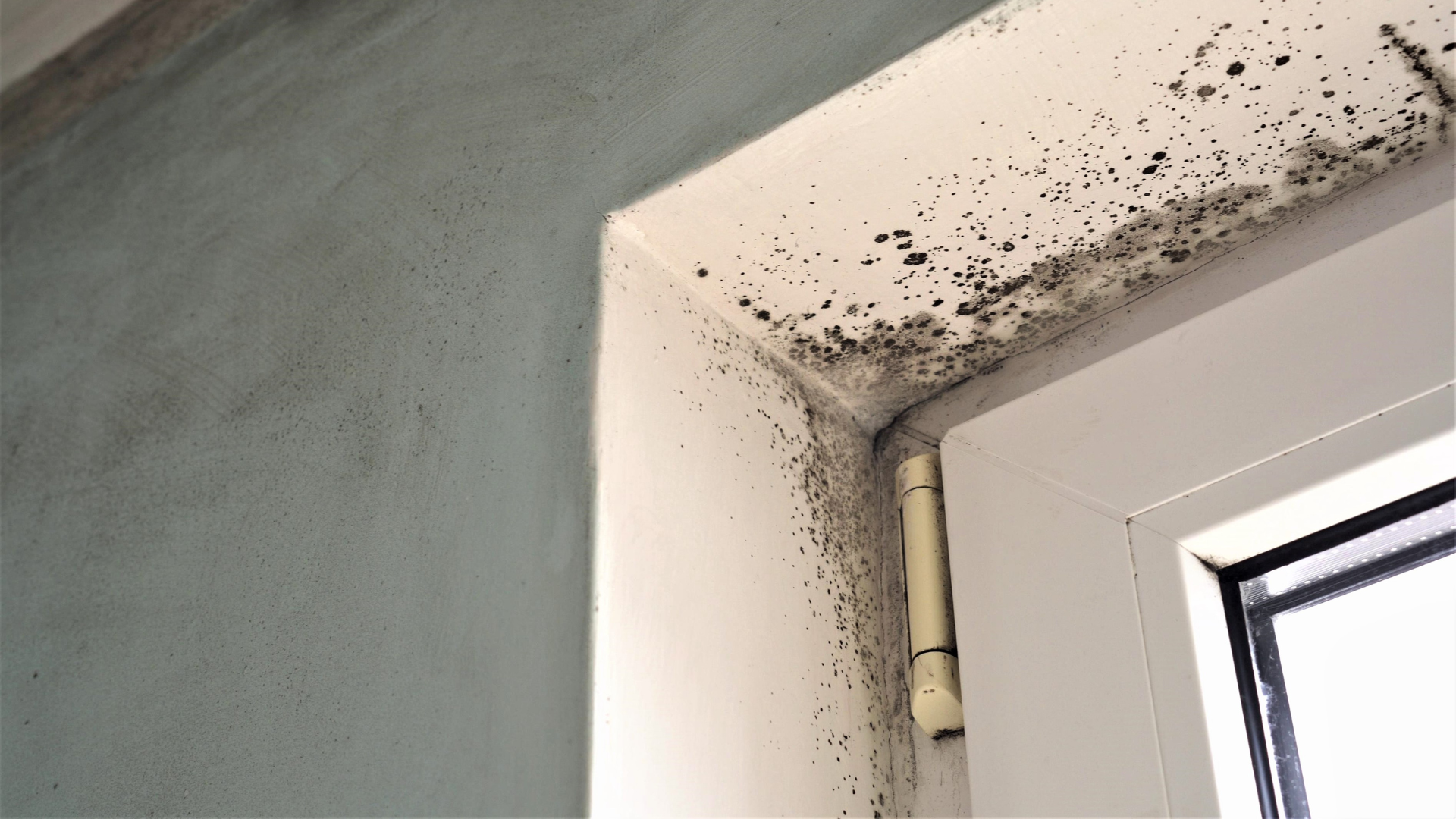
Water damage can be a huge pain and headache to deal with. Not only is it a hassle to clean up, but it can also lead to extensive damage in your home if not taken care of properly. Thinking about how the water can affect your home or property is essential. It can ruin your roof, create mildew and mold, and destroy your possessions.
To help you prevent water damage in your home, here are a few tips on avoiding it:
1. Know where the stopcock is
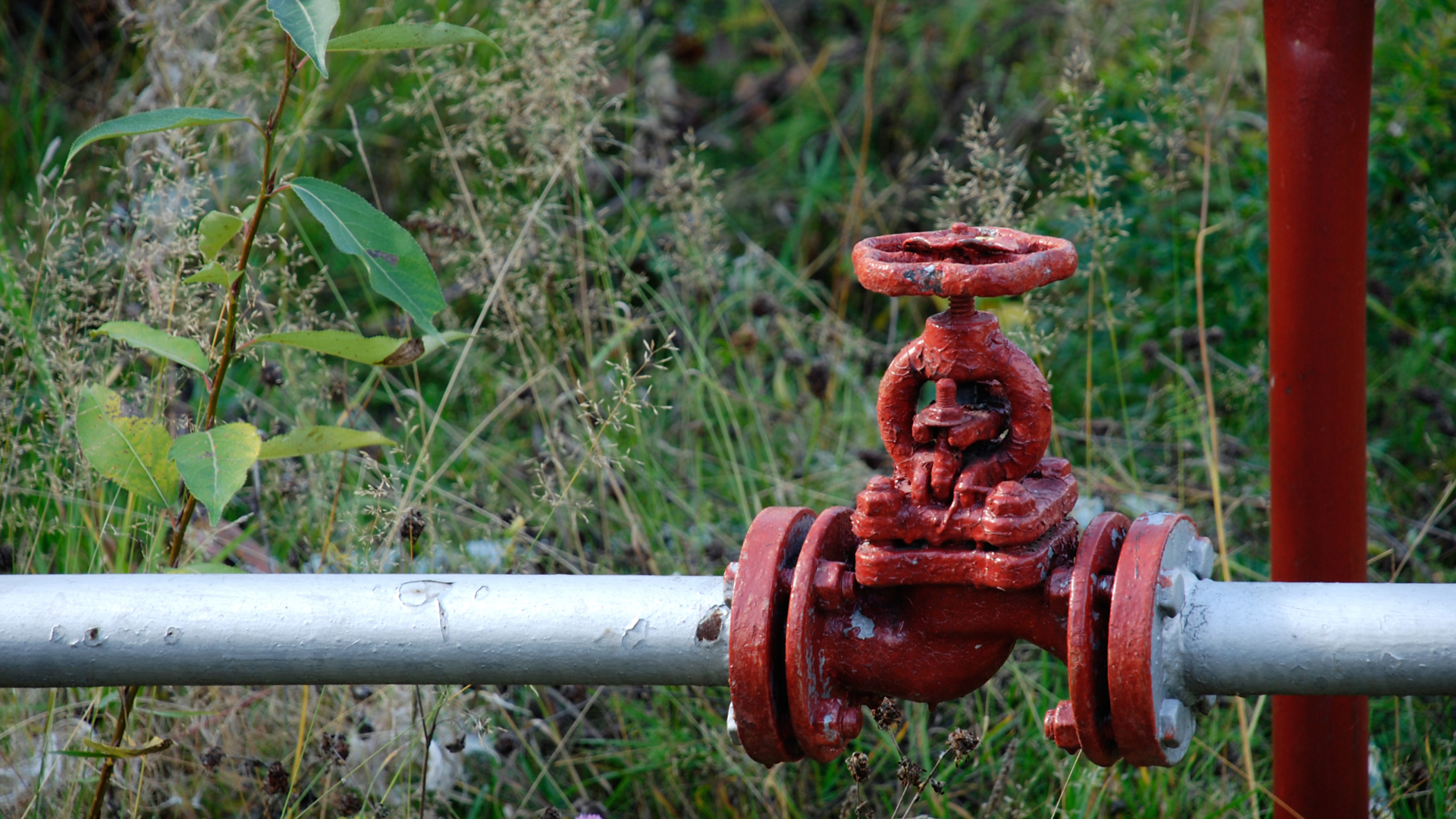
The stopcock is a valve that allows you to shut off the water supply to your home. It is an essential piece of information to know in a water emergency. You can find the stopcock in your front or back yard or near your water meter. Ensure you know where it is and how to use it in an emergency.
2. Proactively check for leaks
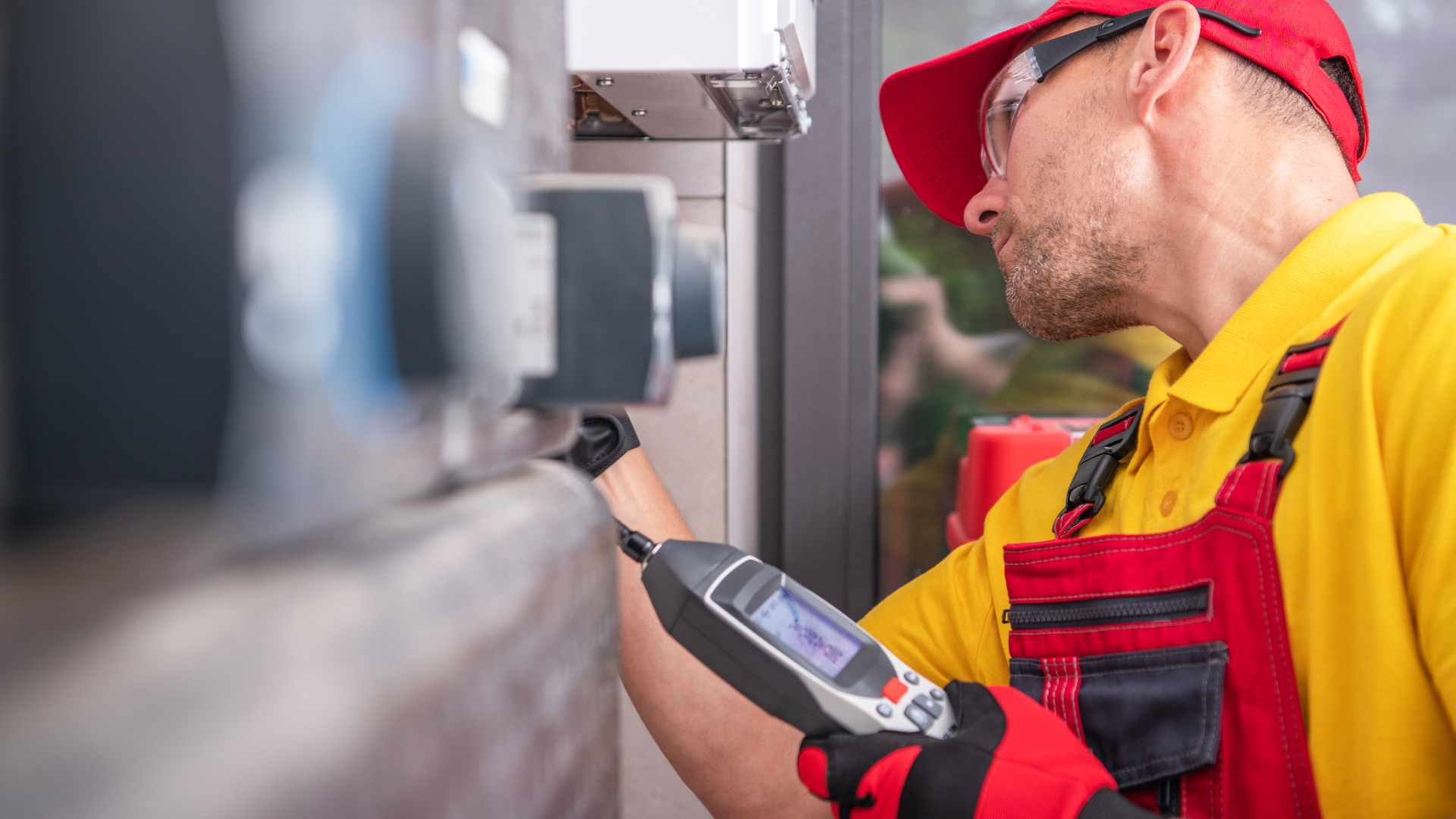
A small leak can become a big problem if not addressed quickly. You can check for leaks by looking for water damage on the ceilings or walls, the water meter, or the water pressure. If you notice any changes in your water pressure, this could be a sign of a leak.
3. Check your sump pump works
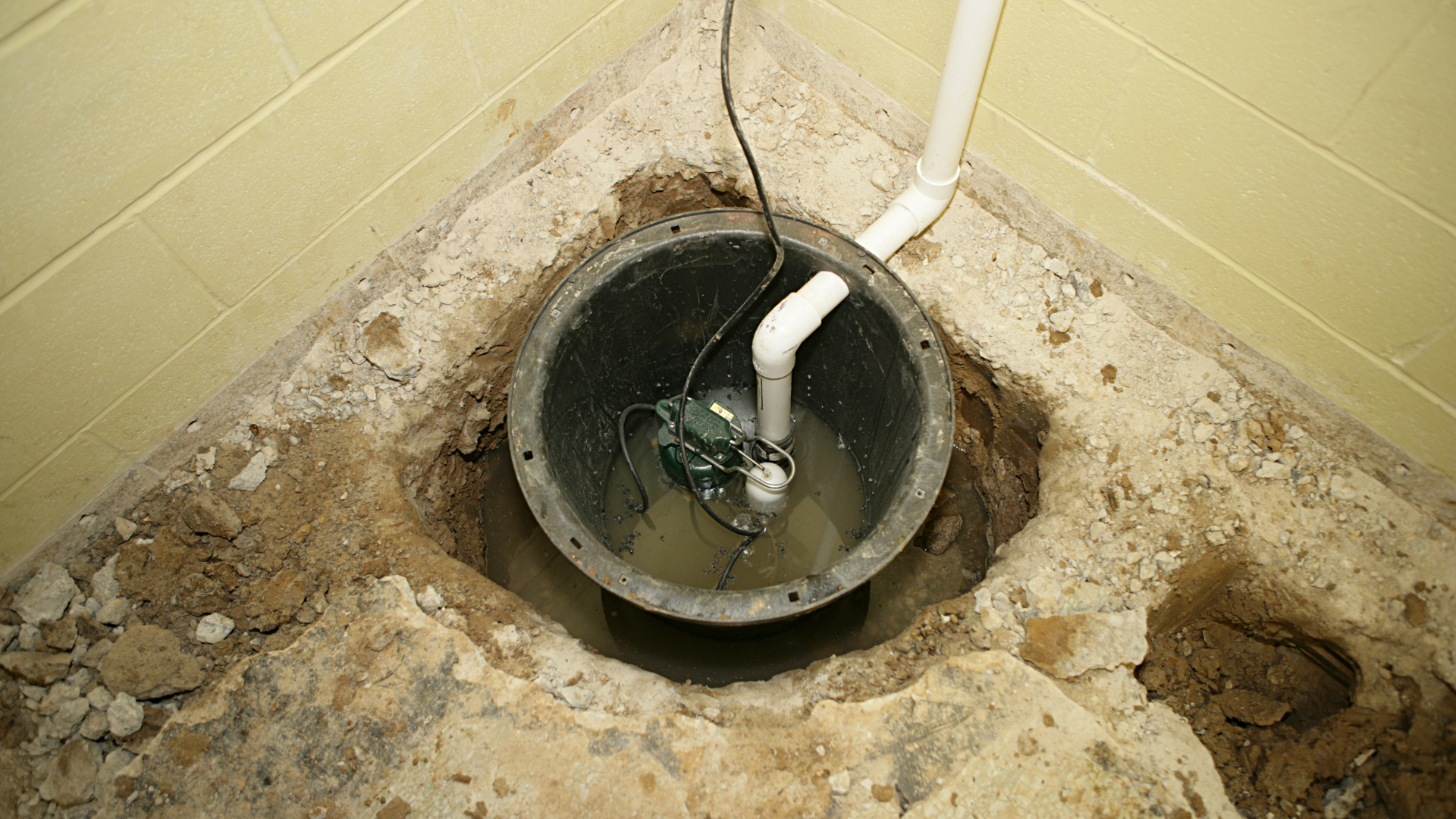
If there is heavy rain or snowstorm, your sump pump will help keep your basement from flooding. You can test the sump pump by pouring a bucket of water into the pit. The pump should turn on and quickly move the water out of the hole. If your sump pump is not working correctly, it could lead to extensive water damage in your home.
4. Keep your gutters clear of debris
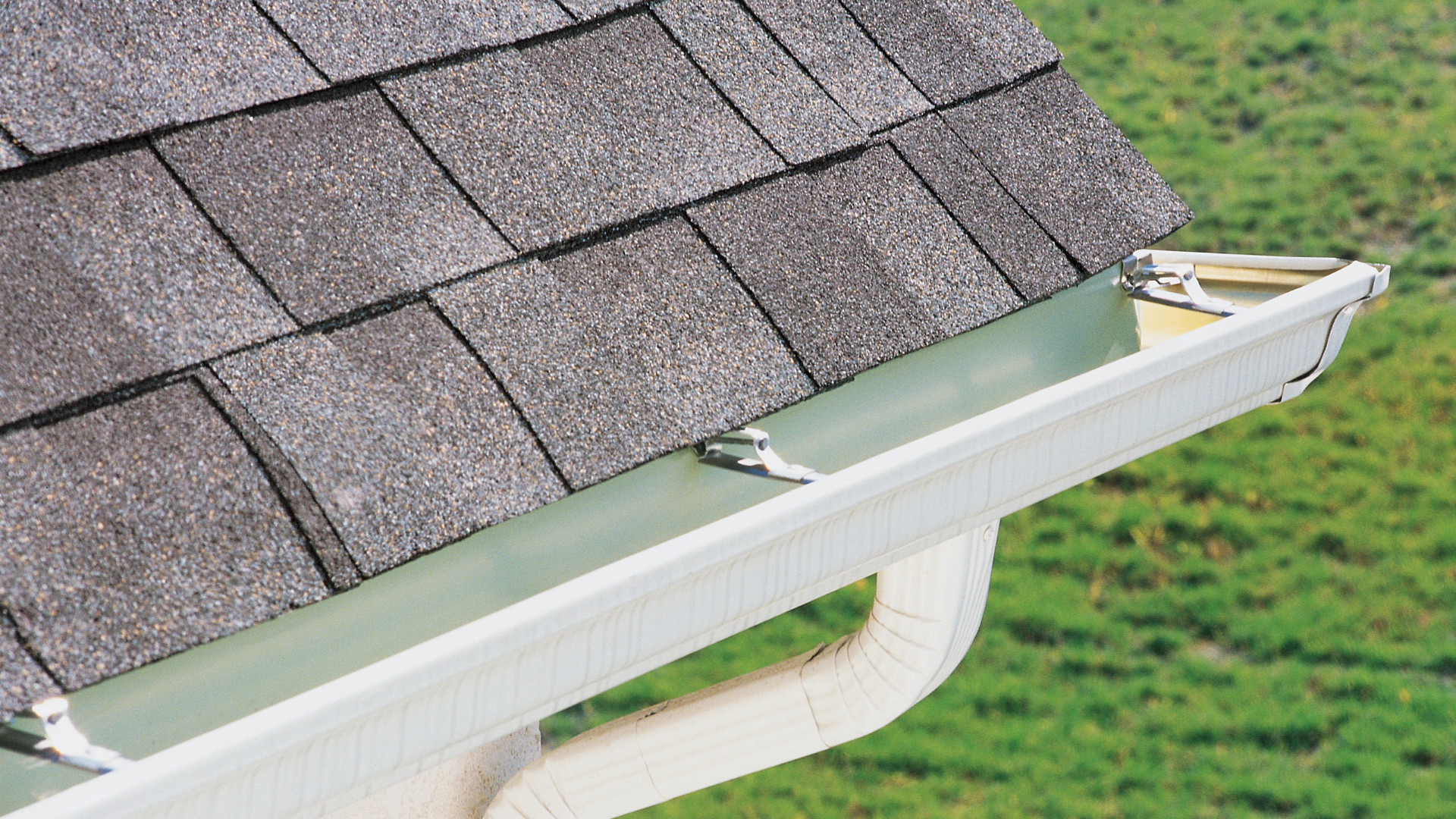
Debris can clog the gutters and prevent the water from flowing correctly. It can lead to water overflowing and flooding your home or property. You can keep your gutters clear of debris by cleaning them regularly. You can also install a gutter guard to keep them out. If you have a lot of trees around your home, you may need to clean the gutters more often, as they will be more likely to clog with leaves and branches.
5. Inspect your roof, inside and out
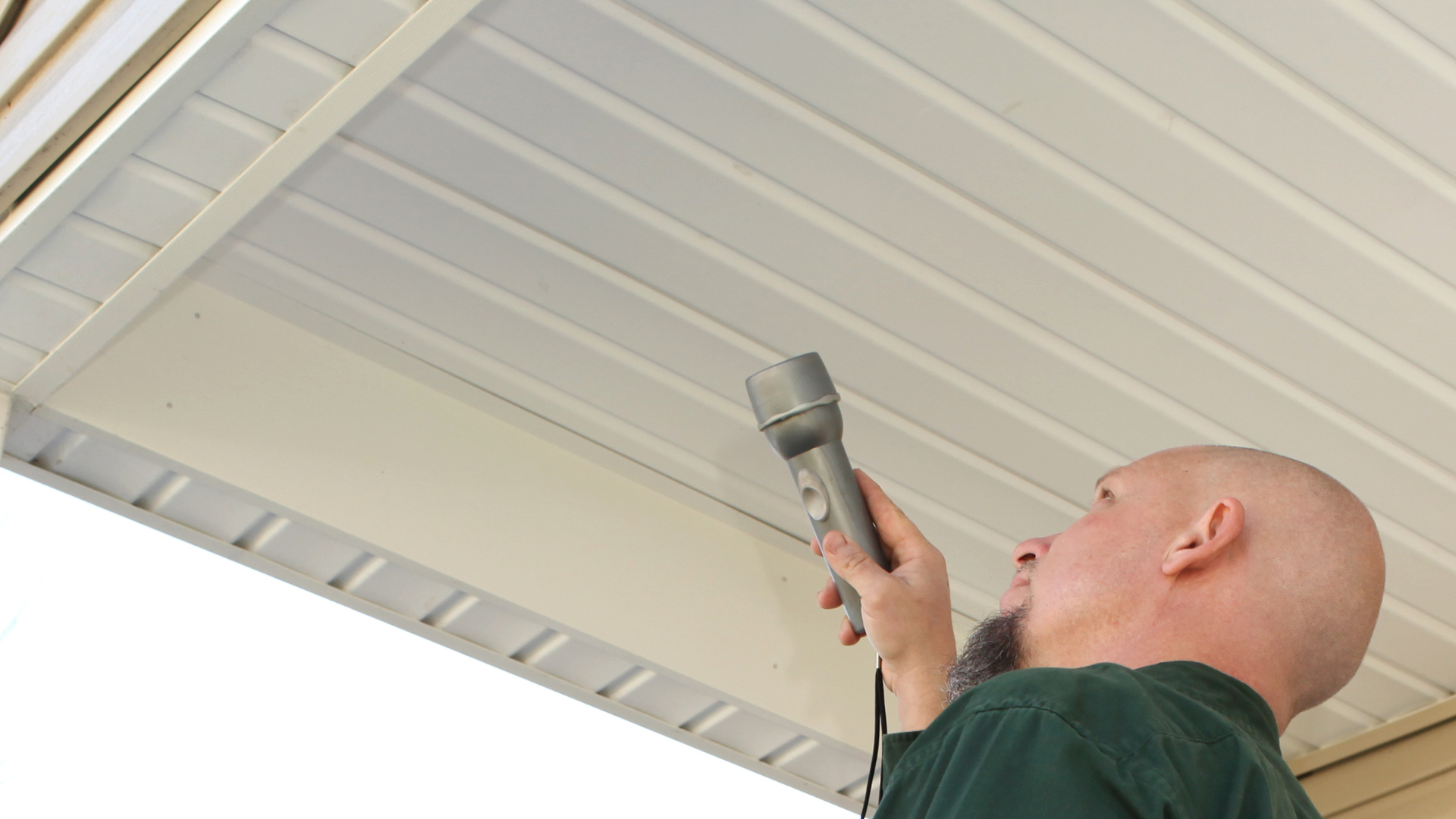
Inspect your attic for evidence of water seeping into the attic through your roof. Find damp spots on the joists or tea-colored stains on the plaster. Outside, examine the roof for signs of visible damage. Also, make sure the flashing around any chimneys is in good condition.
6. Prevent pipes from freezing
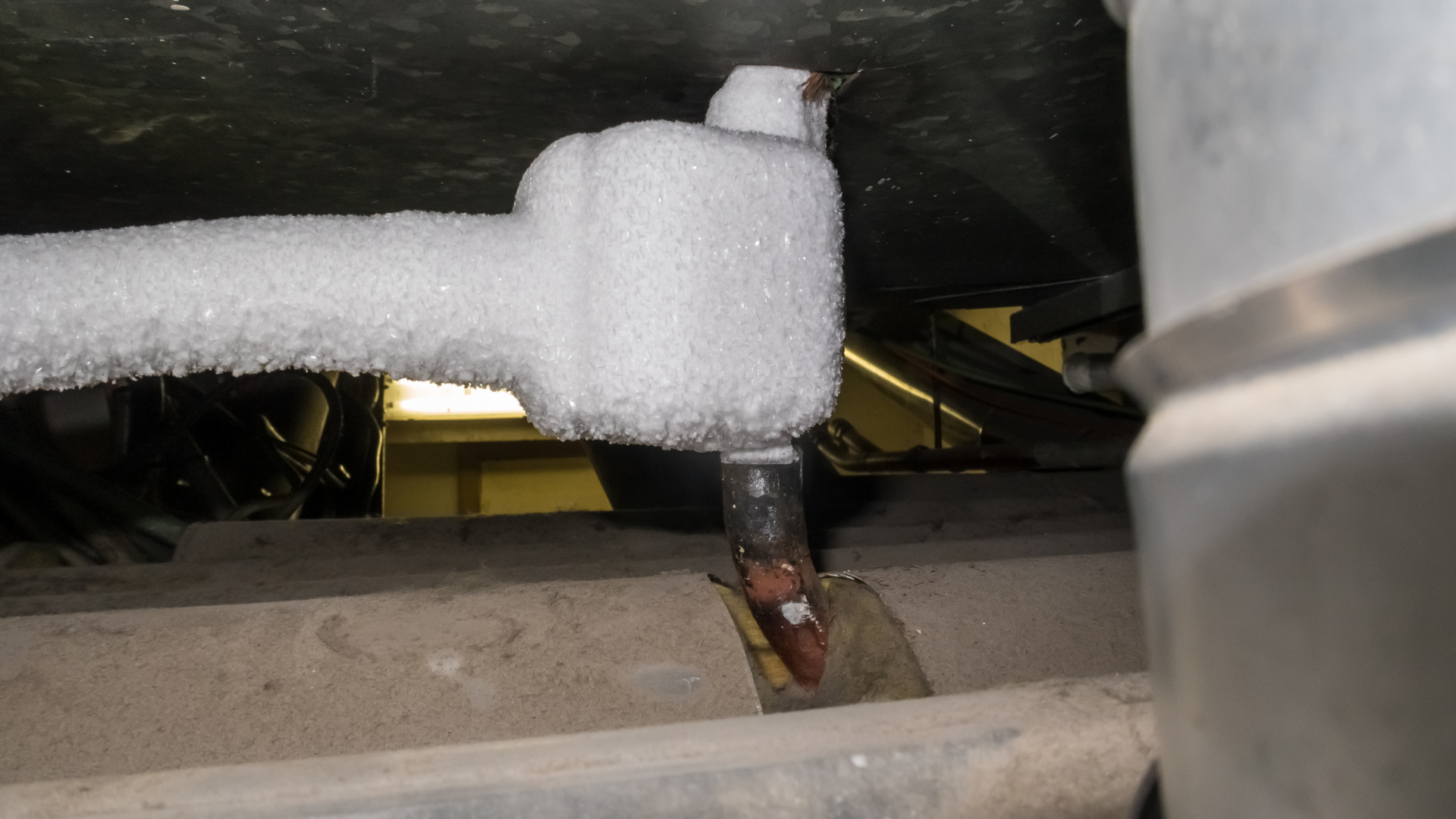
If you live in a cold climate, it is essential to take precautions to prevent your pipes from freezing. Use a smart thermostat to ensure a temperature of 10 degrees Celsius within your home, regardless of whether you are planning to be away. Warm water should be able to circulate through pipes to stop freezing damage from developing.
7. Insulate exposed pipes
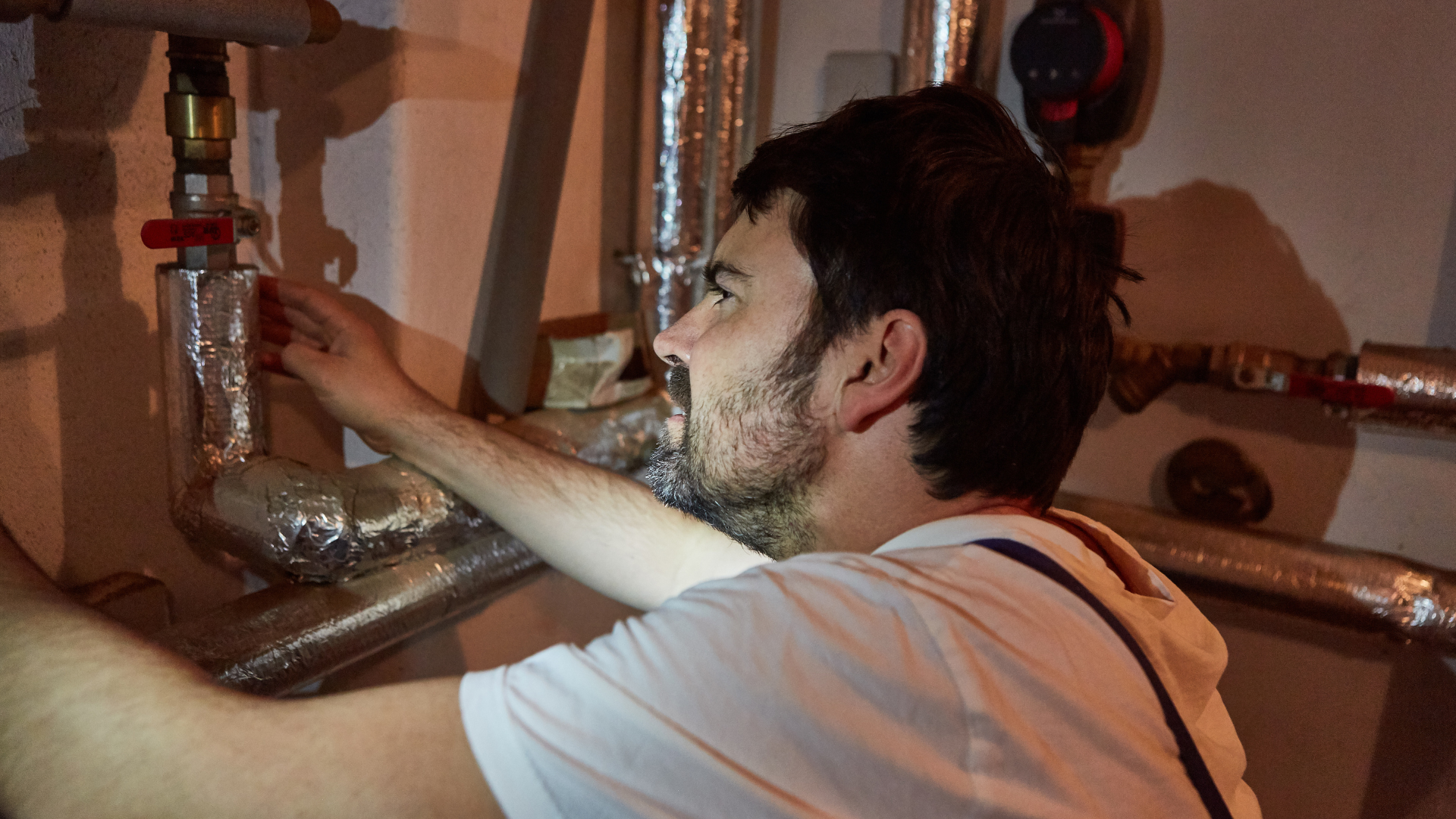
Insulating exposed pipes help prevent them from freezing in cold weather. You can use insulation sleeves or wrap the pipes with insulation material. Make sure to seal all seams and cracks to prevent air from escaping.
8. Install a water leak detection device
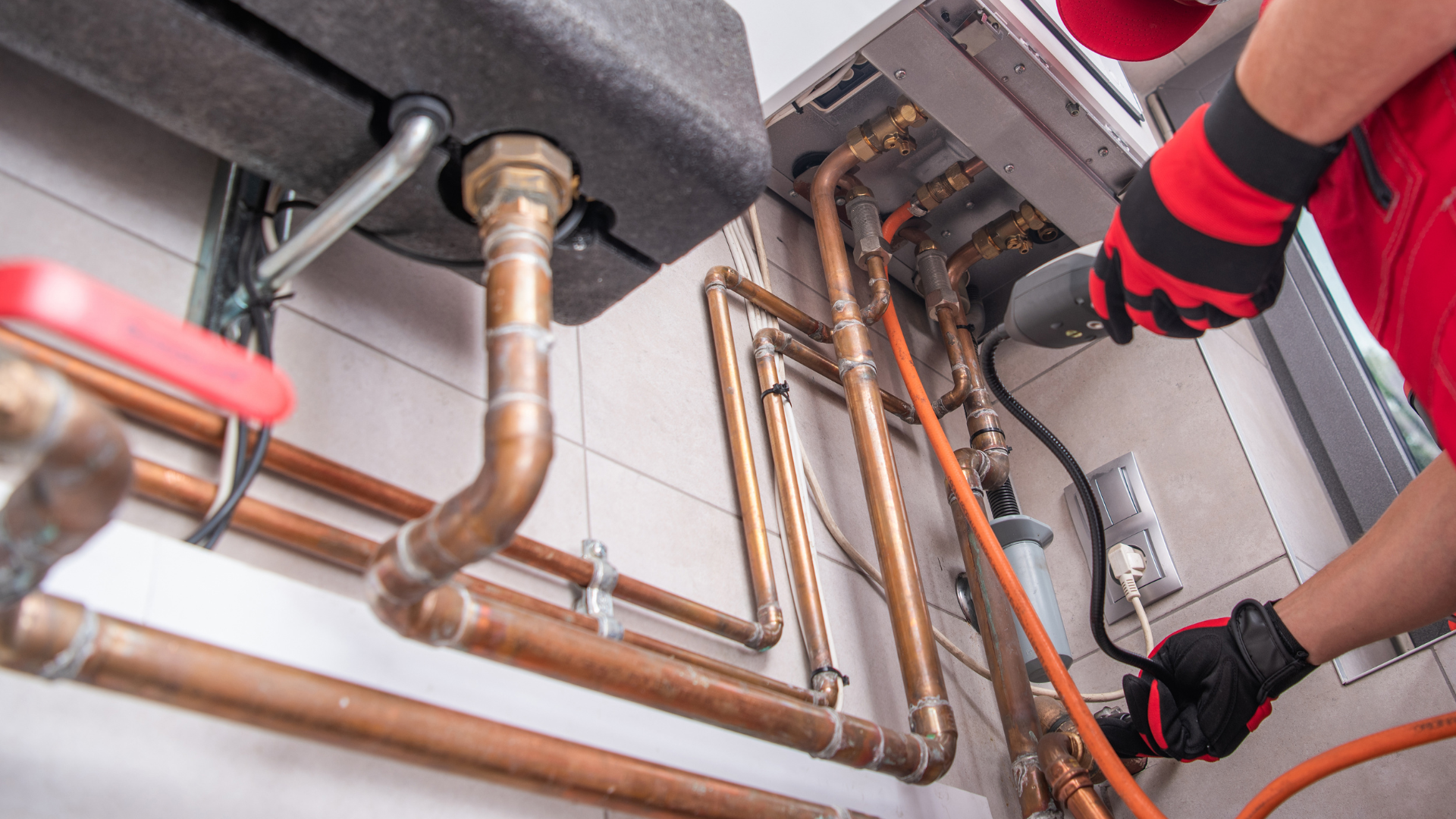
A water leak detection device can help you detect leaks before they become a big problem. They work by detecting the presence of water, even hidden behind walls or floors. It can help you catch leaks early before they cause extensive damage.
Many different types of water leak detection devices are available on the market. You can choose from various options, including sensors that detect moisture, acoustic detectors, and thermal detectors. Make sure to select a device that is compatible with your home's plumbing system.
Once you have chosen a water leak detection device, install it according to the manufacturer's instructions. Make sure to test it regularly to ensure that it is working correctly.
9. Inspect areas of moisture or mold
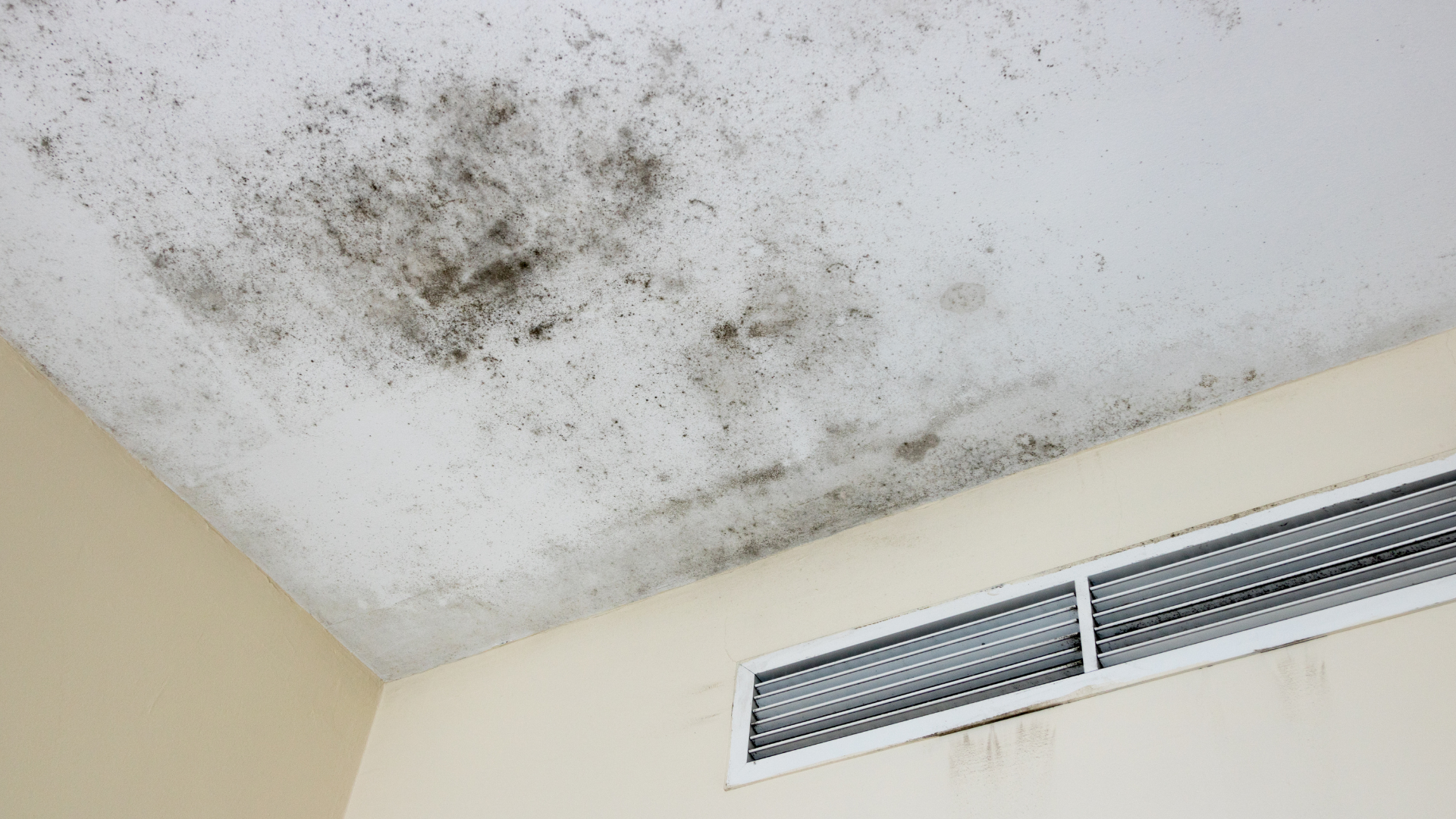
Moisture and mold can cause extensive damage to your home and lead to health problems for your family. To address this, you will need to identify the source of the problem. Once you have identified the source, you can take steps to remove the moisture or mold and prevent it from returning.
If you see signs of moisture or mold in your home but are unsure where it comes from, you can use a moisture meter to help you find the source. A moisture meter will help you determine the air or surfaces' moisture level. It can help you identify the problem and how to address it.
Final Thoughts
Preventing water damage in your home can seem daunting. Still, taking the necessary precautions to protect your property and your family is crucial. Following the tips we have provided can help reduce the risk of water damage in your home. If you are already experiencing water damage, address the problem as soon as possible. The sooner you take action, the lesser damage will be done.
Categories
Recent Posts



